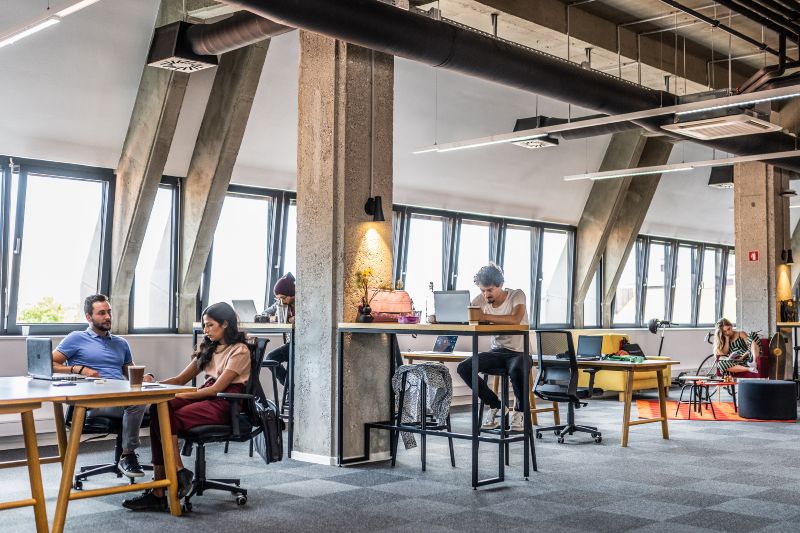What is a 'Coworking Space?'
Jul 06, 2023

Coworking spaces have gained popularity in recent years with many freelancers, entrepreneurs, small business owners, and remote workers choosing to work in shared spaces. But what exactly is a coworking space? A coworking space is a shared workspace where individuals from different companies or industries work together in a communal environment. Unlike traditional office spaces, coworking spaces offer the freedom to work in a collaborative and flexible space with like-minded individuals. In this blog, we will discuss what coworking spaces are, their history, the advantages and disadvantages of coworking space, who uses them, how to find a coworking space, and why Urban Office in Houston, San Antonio, and Austin, TX is the best option.
What Are Coworking Spaces?
Coworking spaces are shared workspaces that provide a flexible and collaborative environment. These spaces are designed to help individuals, entrepreneurs, freelancers, and small business owners work in a productive and creative environment. Coworking spaces typically offer office amenities such as Wi-Fi, printers, and conference rooms, amongst others, as well as a community-like atmosphere that fosters productivity, collaboration, and networking opportunities free from the distractions of home.
How Did Coworking Spaces Come to Be?
The first coworking space was created in 2005 in San Francisco by software engineer Brad Neuberg, which he called the "Hat Factory." The concept of coworking spaces soon caught on, and numerous spaces sprouted up across the US and eventually to other continents. Thanks to the growth of technology and the increase in remote work, coworking spaces have become a viable alternative to traditional office spaces.
What Are the Pros and Cons of Coworking Spaces?
Some advantages of working in a coworking space include:
- Networking opportunities
- Sense of community
- Flexibility and work-life balance
- Save costs on traditional office rent, utilities, and amenities
- Increase productivity and creativity
- Free from home distractions (kids, pets, noise)
- Advanced technology (Urban Office offers podcast rooms which are fully soundproof and include all the equipment you need to record.)
The disadvantages of coworking spaces include:
- Sharing amenities with other businesses, rather than having them just for your business
- Typically a smaller office footprint
What Groups or Individuals Use Coworking Spaces?
A wide variety of groups and individuals use coworking spaces, and they can be found in multiple industries such as technology, finance, marketing, and creative fields. They include:
- Freelancers
- Entrepreneurs
- Small business owners
- Remote workers
- Startups
How Can You Find Coworking Spaces and What Should You Look for?
When looking for a coworking space, you should consider its location, amenities, cost, community culture, office rules, office design, and hours of operation. Ask if you will have your own private office with a door or an open workspace (Urban Office offers both!)
You can find coworking spaces through online listing sites such as LiquidSpace or LoopNet, through direct searches, or through word-of-mouth referrals. It would help if you visited coworking spaces for tours to experience their culture, amenities, and work environment before committing to a membership.
Why Choose Urban Office for Your Coworking Space in Houston, San Antonio, and Austin, TX?
Urban Office provides a unique and modern shared workspace in Houston, San Antonio, and Austin, TX, where you can grow your business and work in an inspiring and collaborative environment. Our coworking spaces offer flexible memberships, from private offices to hot desks, advanced office amenities, and networking events. Our community culture fosters innovation, creativity, and skills-sharing for freelancers, startups, entrepreneurs, and small businesses. Choose Urban Office, and we promise to offer you a transformative coworking experience.